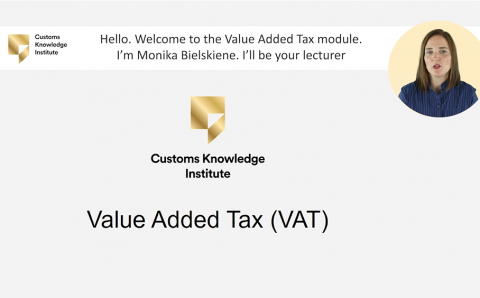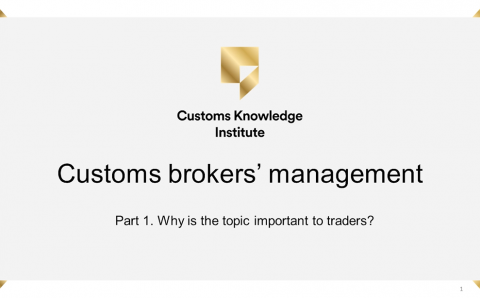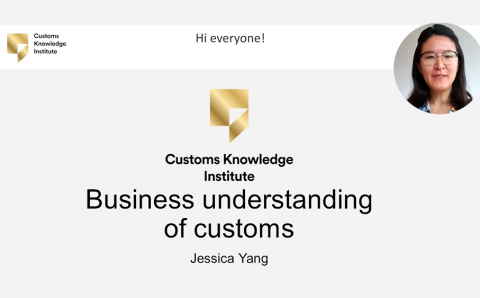Preferential and non-preferential origin of goods in the EU
2022-10-28 2022-11-07 10:24Preferential and non-preferential origin of goods in the EU
Preferential and non-preferential origin of goods in the EU
This course deals with the concept of origin of goods and the basic rules applicable in the various international trade agreements signed by the EU, and also unilateral preferential arrangements. It covers activities required of customs professionals that have to determine the ‘economic nationality’ (non-preferential origin) and preferential origin of goods as a part of their daily operations. The main focus is on preferential origin.
The course is Module 11 of the extensive Customs clearance and trade compliance in the EU training (see the brochure).
Lessons
The course consists of eight lessons:
1. Introduction to origin
2. Non-preferential origin of goods
3. Introduction to preferential origin
4. Types of preferential arrangements
5. Rules of origin: territorial, drawback
6.1 Originating products: wholly obtained, sufficient processing
6.2 Cumulation
7. Proof of origin, incl. suppliers’ declaration (check Resources for examples of proofs of origin)
8. Free online tools and tips how to use them
After taking this module, the learner:
- Understands the correct and uniform application of the rules of origin;
- Has knowledge of rules of origin for preferential and non-preferential origin;
- Is able to determine and correctly declare the origin of goods, in particular when goods have been processed in several countries;
- Has knowledge of the arrangements that apply to specific non-EU countries;
- Has knowledge of the legal basis and use of Binding Origin Information decisions (BOI);
- Understands the political and economic aspects of rules of origin and harmonisation theories.
CKI community membership grants a 10% discount from the price of this course.
Contact us to receive the discount code for the purchase: CKI@customsknowledgeinstitute.org
Reviews
Average Rating
Detailed Rating




